Nonclinical Homecare Software Market Summary
As per Market Research Future analysis, the Non-Clinical Homecare Software Market Size was estimated at 2.69 USD Billion in 2024. The Non-Clinical Homecare Software industry is projected to grow from 2.915 USD Billion in 2025 to 6.499 USD Billion by 2035, exhibiting a compound annual growth rate (CAGR) of 8.35% during the forecast period 2025 - 2035
Key Market Trends & Highlights
The Non-Clinical Homecare Software Market is experiencing robust growth driven by technological advancements and increasing demand for homecare services.
- The market is witnessing increased adoption of cloud-based solutions, particularly in North America, which remains the largest market.
- Data analytics and reporting capabilities are becoming essential features, enhancing operational efficiency across various segments.
- Mobile application integration is gaining traction, especially in the fastest-growing Asia-Pacific region, catering to the evolving needs of users.
- Rising demand for homecare services and technological advancements in software solutions are key drivers propelling market expansion.
Market Size & Forecast
| 2024 Market Size | 2.69 (USD Billion) |
| 2035 Market Size | 6.499 (USD Billion) |
| CAGR (2025 - 2035) | 8.35% |
Major Players
Cerner Corporation (US), Epic Systems Corporation (US), Allscripts Healthcare Solutions (US), McKesson Corporation (US), Kinnser Software (US), Brightree (US), Homecare Homebase (US), Optimum Healthcare IT (US), Axxess (US)
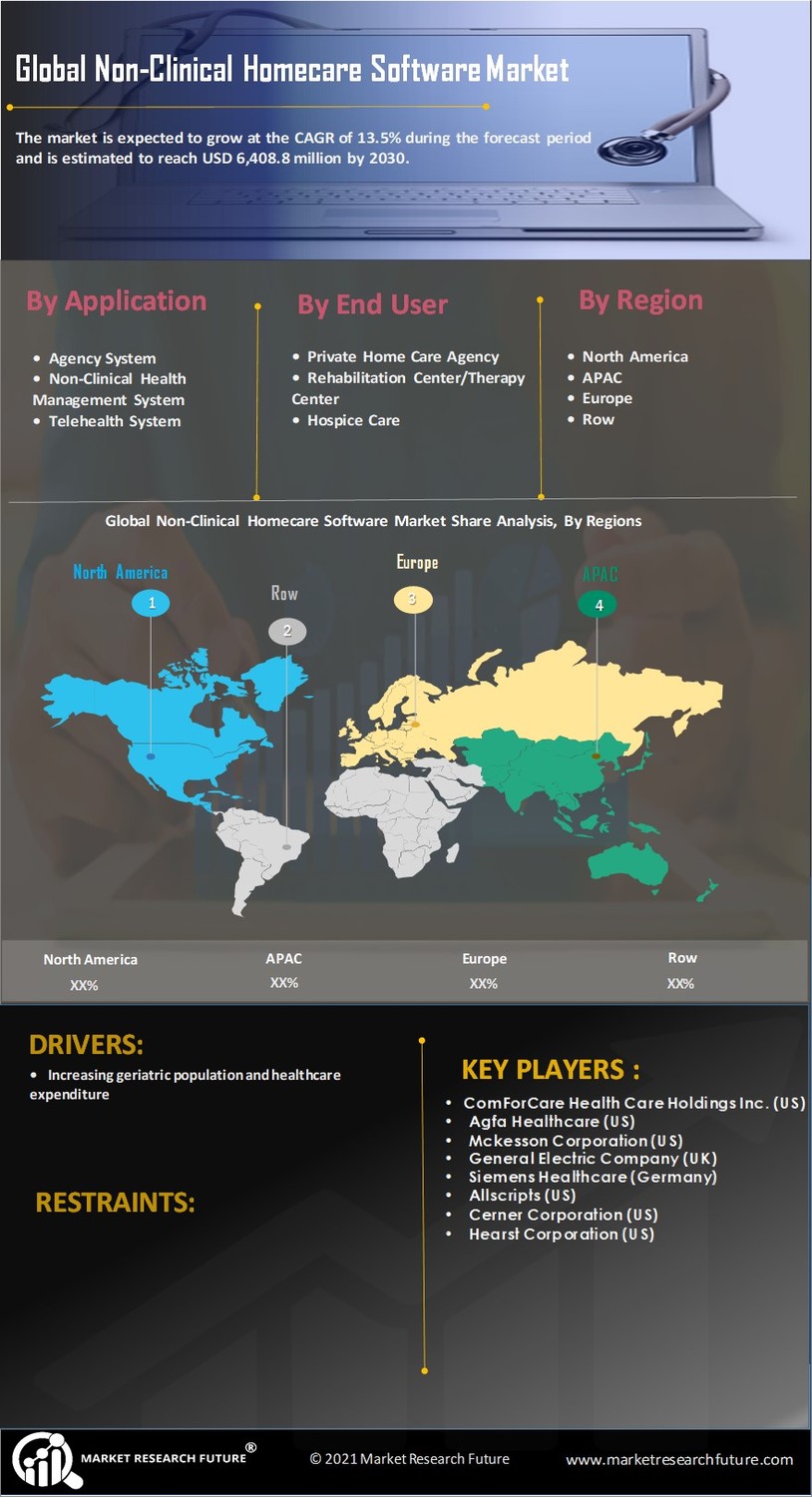

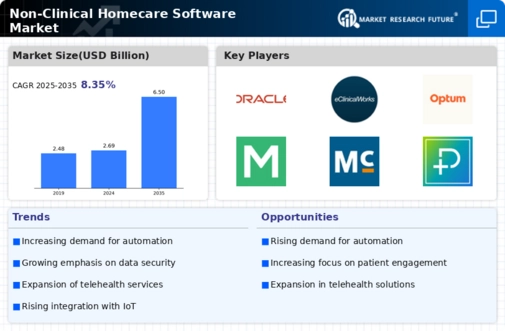
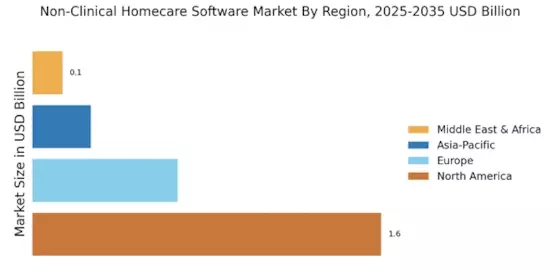
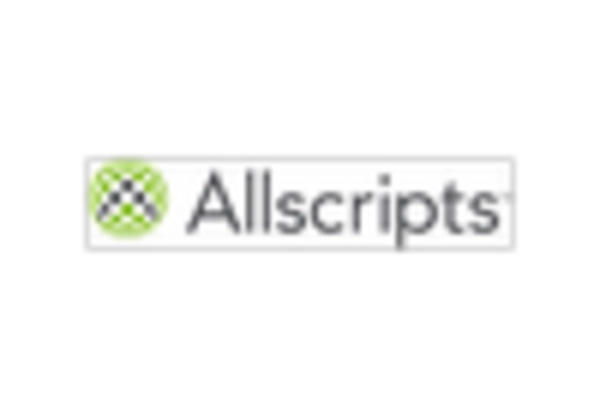
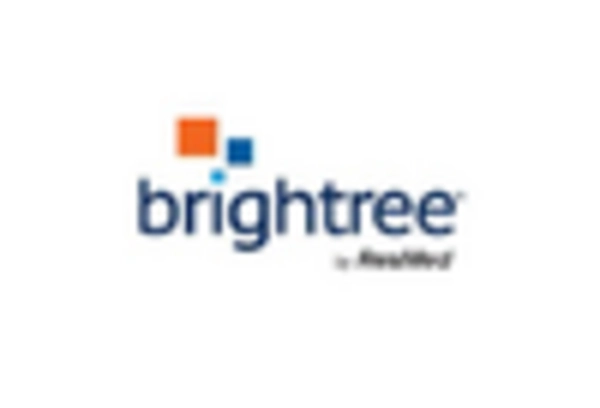
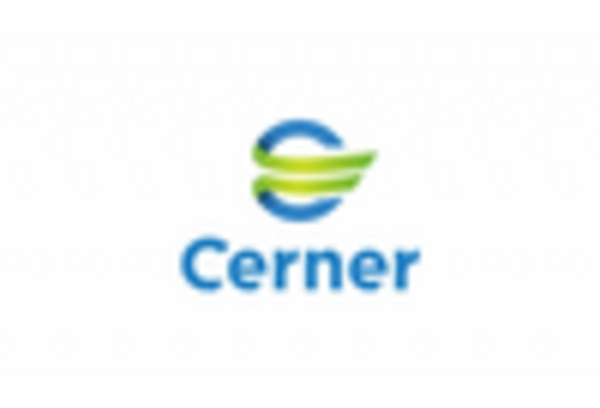

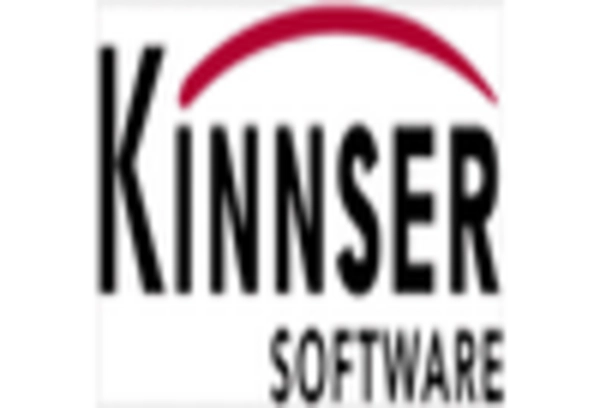
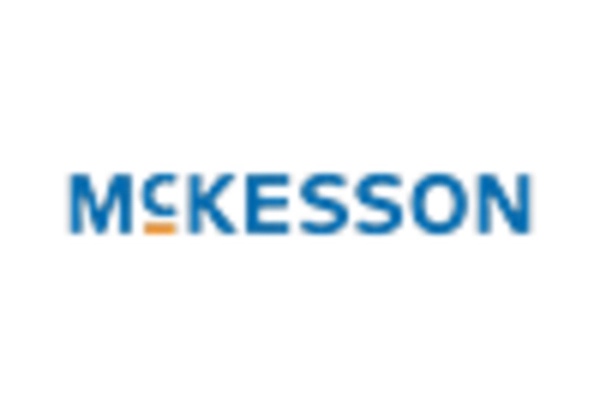








Leave a Comment